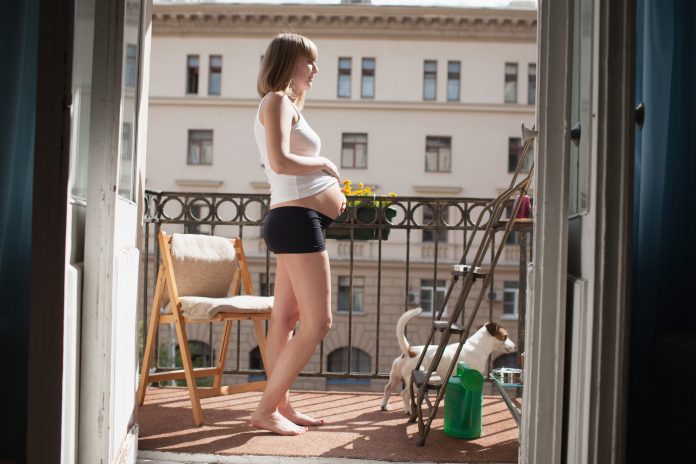Pregnant people in North America had a 44% higher miscarriage risk – within eight weeks of pregnancy – in the summer months
Miscarriage risk has always been a problem for those wanting a child, as up to 30% of pregnancies end in miscarriage, defined as pregnancy loss before 20 weeks of pregnancy.
Almost half of all miscarriages are unexplained, and there are few known risk factors for these pregnancy losses, which can lead to posttraumatic stress disorder, depression, and anxiety.
Investigating seasonal differences in miscarriage risk, researchers found that this miscarriage risk increased particularly in late August, as compared to six months earlier in February.
This study indicates the need to explore possible links between extreme heat and pregnancy loss, particularly in a time where miscarriage is threatened by the law due to the upturning of Roe v. Wade in the US.
Evidence that the risk of miscarriage may increase in the summer months
Risk of miscarriage during any week of pregnancy was 31% higher in late August, compared to late February.
Geographically, the results demonstrated that pregnant people in the South and Midwest, where summers are hottest, were more likely to experience this loss in late August and early September, respectively.
This displayed the potential link between extreme heat and other hot-weather environmental or lifestyle exposures in unexpected pregnancy loss.
Study lead author Amelia Wesselink, research assistant professor of epidemiology, said: “Any time you see seasonal variation in an outcome, it can give you hints about causes of that outcome. We found that miscarriage risk, particularly the risk of ‘early’ miscarriage before eight weeks of gestation, was highest in the summer.
“Now we need to dig into that more to understand what kinds of exposures are more prevalent in the summer, and which of these exposures could explain the increased risk of miscarriage.”
Seasonal patterns in miscarriage from fertility data
Analysing survey data on pregnancy loss among pregnancy planners in the SPH-based Pregnancy Study Online (PRESTO), an ongoing NIH-funded study since 2013 that enrols women trying to conceive, and follows them from preconception through six months after delivery.
All PRESTO participants provide baseline information on sociodemographics, lifestyle, and medical histories, and for this study, the researchers focused on 6,104 participants who conceived within 12 months of enrolling.
They provided information about pregnancy loss of any kind, the date of loss, and the weeks of gestation at the time of the loss.
The findings begin to fill a gap in information on seasonal patterns in miscarriage and found miscarriage risk is higher in hotter seasons in the US.

Women in the US are already being persecuted for miscarriage
In 2020, a 21-year-old Native American woman from Oklahoma was arrested for manslaughter after having a miscarriage. In October of 2021, she was convicted and sentenced to four years in prison for the first-degree manslaughter of her unborn son.
Miscarriage happens in 1 in 4 pregnancies, and for many reasons – it is not a choice. Therefore, this study could help policymakers understand the risks of criminalising miscarriages as they can be affected by several factors, including climate.
While further research is needed to understand whether extreme heat and other specific exposures are causing these seasonal trends, the researchers say, clinicians, policymakers, and climate experts can already take action to mitigate these potential risks.
As climate change is already inducing hotter weather, it is more important than ever to understand seasonal differences in miscarriage risks.
Wesselink finalised: “We know that heat is associated with a higher risk of other pregnancy outcomes, such as preterm delivery, low birth weight, and stillbirth, in particular.
“Medical guidance and public health messaging – including heat action plans and climate adaptation policies – need to consider the potential effects of heat on the health of pregnant people and their babies.”











